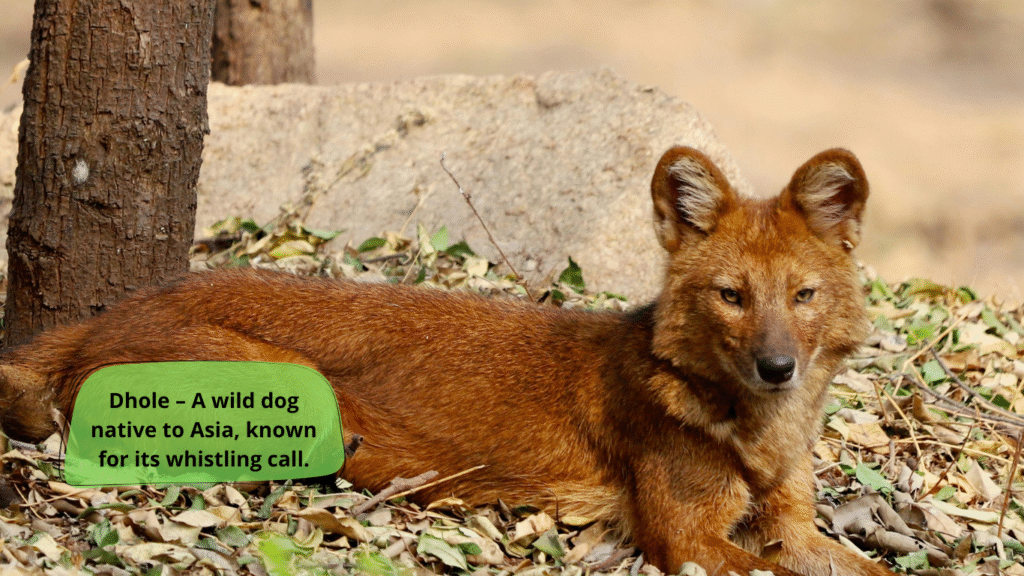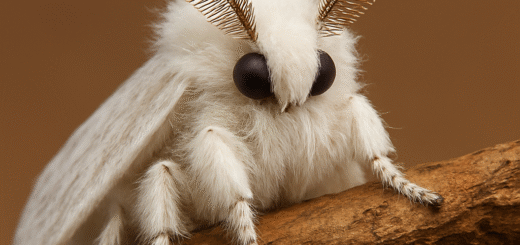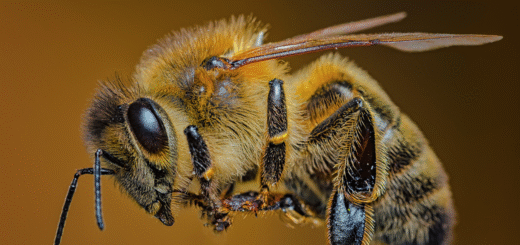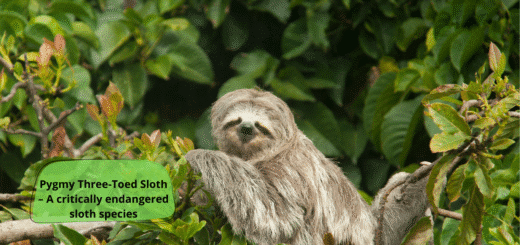The Fascinating World of the Dhole: Asia’s Wild and Social Hunter
The Dhole (Cuon alpinus), often called the Asiatic wild dog, is one of the most enigmatic and social carnivores in the wild. Found predominantly in the forests of Asia, this elusive predator has captivated wildlife enthusiasts and researchers alike with its cooperative hunting strategies and striking appearance. In this article, we explore the behavior, habitat, and conservation status of the Dhole, while highlighting the significance of this incredible animal in the ecosystem.

What is a Dhole?
The Dhole is a highly social and cooperative carnivore known for its pack hunting behavior. This wild dog typically roams in small to medium-sized packs, with each member contributing to the hunt and survival of the group. The Dhole’s appearance is both unique and appealing, with a sleek, reddish-brown coat, sharp features, and bushy tail. Unlike other wild dogs, the Dhole is distinguished by its lack of “wild dog” markings and its relatively smaller, more compact size.
Dholes are sometimes mistaken for wolves or jackals, but they are a distinct species with unique genetic traits. They have adapted well to a variety of environments across Asia, including dense forests, grasslands, and even mountainous terrain. With a pack-driven lifestyle, the Dhole is a testament to the power of teamwork in the animal kingdom.
Habitat and Range of the Dhole
Dholes are primarily found in Southeast Asia, including India, China, Nepal, Bhutan, and the Indonesian archipelago. These animals thrive in tropical forests, grasslands, and temperate zones. They are most commonly found in regions with ample prey, including small to medium-sized mammals like deer, wild boar, and even livestock in some areas. They also venture into the foothills of the Himalayas and the mountains of Southeast Asia, where their pack behavior is crucial for survival in such diverse terrains.
These wild dogs are generally elusive, which makes them hard to spot in the wild. While they may roam over vast areas, they tend to remain well-hidden during daylight hours and come out primarily at dusk or dawn.
Social Structure and Behavior
One of the most fascinating aspects of the Dhole is its social structure. Dholes live in tight-knit packs, typically consisting of 3 to 12 individuals. Each pack is led by a dominant breeding pair, with the rest of the pack playing various roles. The social bonds within a pack are incredibly strong, and they exhibit cooperative behaviors such as hunting together and sharing food.
Dholes communicate with each other using a range of vocalizations, including whistling, howling, and chirping. These sounds help them coordinate hunting activities and warn others of potential threats. Their pack dynamics are crucial for hunting large prey, as they rely on teamwork to outmaneuver and bring down animals much larger than themselves.
Hunting and Diet
Dholes are skilled hunters and primarily hunt in packs, targeting medium-sized mammals such as deer, boar, and even smaller predators like monkeys and birds. They use teamwork to track and surround their prey, ensuring that no one individual gets left behind in the chase. Their strategy relies on endurance, as they can chase prey for miles, wearing them down until they can make a successful kill.
The Dhole is also known for being an opportunistic feeder, occasionally scavenging from larger carnivores or foraging for smaller prey when hunting opportunities are scarce. While they prefer fresh meat, they are not averse to consuming carrion or taking advantage of weak or injured animals.
Dhole Conservation Status
Unfortunately, the Dhole’s population has been on the decline in recent years due to habitat loss, poaching, and competition with other carnivores like tigers, wolves, and leopards. The Dhole is currently classified as Endangered by the International Union for Conservation of Nature (IUCN), with fewer than 2,500 individuals remaining in the wild.
The main threat to the Dhole’s survival is habitat destruction due to deforestation and human encroachment. Additionally, as a species that relies on dense forests and remote landscapes, Dholes face challenges from illegal hunting and trapping. Efforts to conserve the Dhole include habitat restoration, anti-poaching measures, and the establishment of protected areas where they can thrive without human interference.
Why Are Dholes Important to Ecosystems?
Despite their endangered status, Dholes play a vital role in their ecosystems. As apex predators, they help regulate the populations of herbivores, maintaining a healthy balance in the food chain. By preying on weaker individuals and keeping the population of smaller mammals in check, Dholes contribute to maintaining the health of their habitats. Without such predators, ecosystems could experience overgrazing and imbalances that affect plant and animal life.
Their social structure and hunting methods also offer valuable insights into the importance of cooperation in the animal world. Dholes provide a rare look into the complexities of pack dynamics and how animals work together to survive and thrive in the wild.
How Can You Help Save the Dhole?
Support for Dhole conservation can be through several means, from spreading awareness about the species to supporting organizations that protect their habitat. Visitors to wildlife reserves and national parks where Dholes are found can also help by respecting local wildlife and contributing to sustainable tourism initiatives.
Additionally, supporting wildlife protection laws and the development of more protected areas is crucial to preserving the natural habitats of the Dhole. If you’re passionate about wildlife conservation, consider donating to organizations that specifically focus on protecting endangered species like the Dhole.
Conclusion
The Dhole is a truly remarkable animal, known for its intelligence, social bonds, and extraordinary hunting techniques. While facing significant threats in the wild, there is still hope for this unique species if efforts are made to protect their habitat and support conservation initiatives. By learning more about the Dhole and sharing this knowledge, we can help ensure that future generations will be able to witness the beauty of these wild dogs in their natural habitat.








